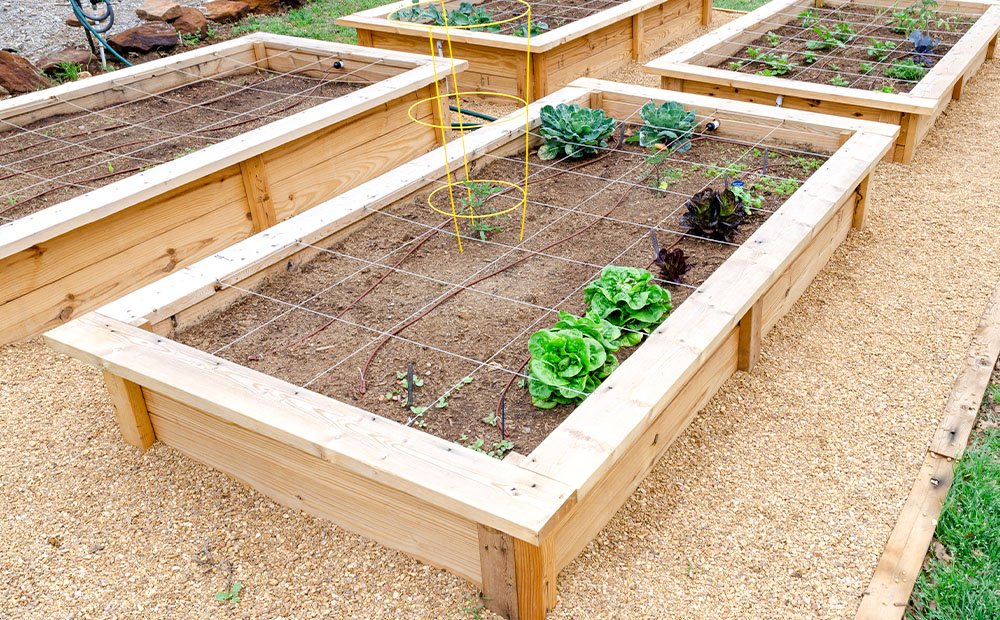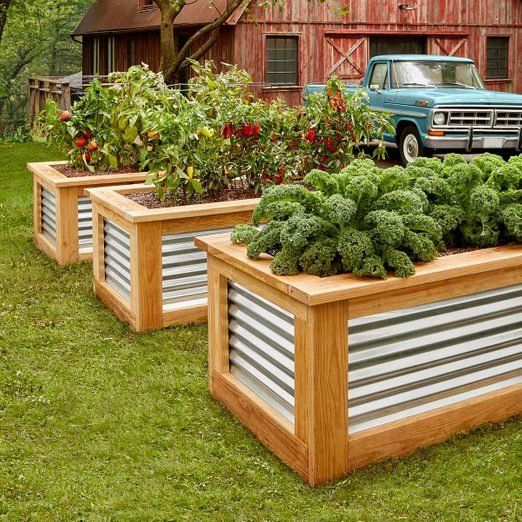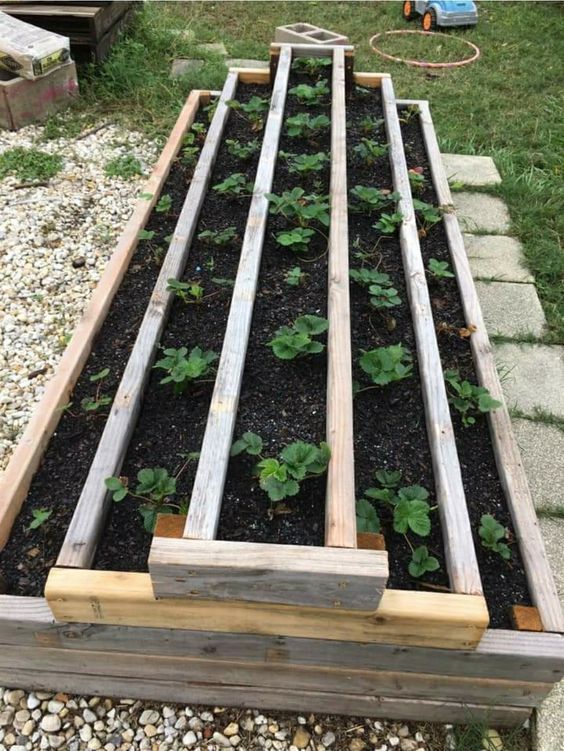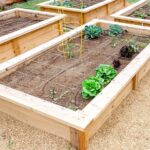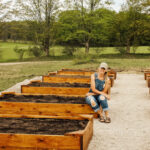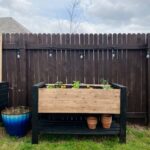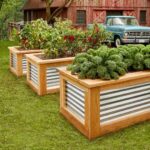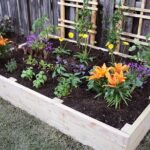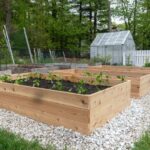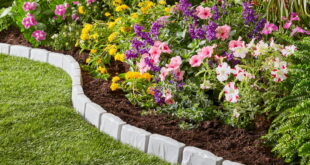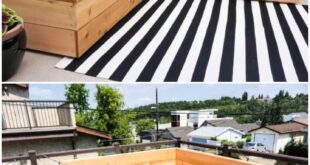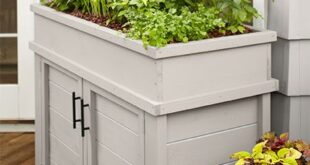Raised garden beds are a popular choice for many gardeners looking to maximize their gardening space and improve soil drainage and quality. Building raised garden beds yourself can be a rewarding DIY project that allows you to customize the size, shape, and materials of your garden beds to fit your specific needs.
When planning your raised garden beds, consider the location and size of your garden space. Choose a spot that receives plenty of sunlight and is easily accessible for watering and maintenance. Raised garden beds can be built in a variety of shapes and sizes, so determine the dimensions that will work best for your space and desired crops.
One of the main benefits of raised garden beds is their ability to improve soil quality. By filling the beds with a high-quality soil mixture, you can ensure that your plants have access to the nutrients they need to thrive. Raised garden beds also provide better drainage than traditional gardening methods, which can help prevent waterlogged soil and root rot.
There are many different materials that can be used to construct raised garden beds, including wood, stone, bricks, and even recycled materials such as old tires or pallets. Choose a material that is durable, non-toxic, and will complement the overall aesthetics of your garden space. Cedar and redwood are popular choices for raised garden beds due to their natural resistance to rot and insects.
Building raised garden beds yourself is a relatively simple process that can be completed in a weekend with basic tools and materials. Start by leveling the ground and laying a foundation for your beds, then assemble the frames using screws or nails. Fill the beds with soil and compost, and voila – you’re ready to start planting your favorite fruits, vegetables, herbs, and flowers.
Overall, raised garden beds offer a practical and aesthetically pleasing solution for gardeners looking to improve soil quality, drainage, and space efficiency. By building your own raised garden beds, you can create a personalized growing space that meets your specific needs and preferences. So roll up your sleeves, gather your supplies, and get ready to enjoy the benefits of DIY raised garden beds in your own backyard.
